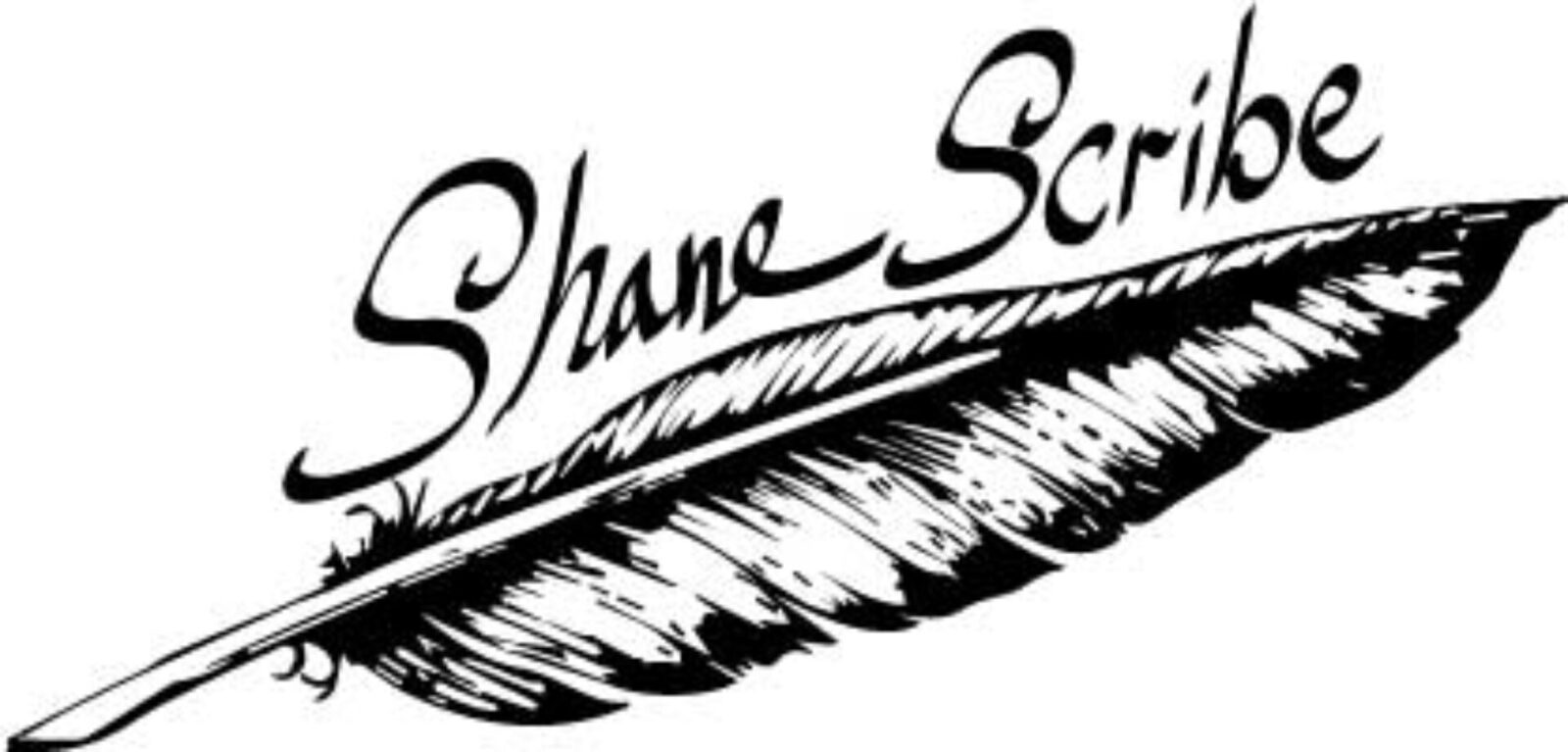A blade swept past Maximus’ head. He jumped back, grinding his feet in the earth. Lunging with his own sword, weapons clashed, and he drove the man back. His opponent raised his sword above his head. Maximus crouched under it and struck his chain mail. The man let his sword fall. “Go on. Slay me.”
Maximus stepped back and drove his sword into the earth. “I only slay my enemies.”
Every story has a beginning. Some books start with a bang like the opening of my own Maximus: The Quest For Greatness, while others lead gently into the journey on which we are about to embark. But what makes for a great beginning? What is the magic formula to writing an winning opening? Sorry, there is none. But as I’ve studied storytelling, I’ve found 4 basic elements necessary for crafting a great beginning.

Basics of the Beginning
Grab the Readers Attention and Don’t Let Go
When I first wrote Chapter 1 of Maximus, this is how it began: “A breeze brushed across the river as a young man walked beside it. He paused, casting his eyes over the river before him.”
Obviously, not a riveting opening. Is that a problem? Yes. It’s too slow. It doesn’t compel the reader to keep reading. It doesn’t grab the reader and make him say, “Wow, I want to read this book.” But it should. The opening line should intrigue the reader enough that he will want to read the next line and the next, and never stop till the end. A reader who is riveted and can’t put your book down is your best ally.
When I discovered the importance of grabbing the reader from the gate, I knew I had to start with something more compelling. For an epic adventure novel like Maximus, it was fitting to start with chest-thumping action. But that’s not the case for every novel. It can be mystery or suspence which holds a reader; it can be a statement or a question, dialog or description. Just as long as you get the reader’s attention and maintain it.
Introduce a Flawed Hero and Make him Likable
Begin with a person, your hero or main character. We don’t need grandiose descriptions of what the sun looked like against the landscape. That can emerge later. We need a human connection, someone we will follow for the rest of this story. Who is this person? It can be anyone or anything—anything but perfect. The hero needs to be flawed, imperfect, and real. Something needs to be missing or incomplete in him at the start so he has room to grow and change by the end.
These flaws can be small or great. He could be the most vile of beings about to embark on a radical transformation. But with all these flaws, remember we have to make him likable. There’s no way we’d want to join the most obnoxious of boys for an entire book, if there wasn’t something he does or says that makes us like him, and care about him and his journey.
Show the Norm Before the Storm
Here we depart from the opening lines to the broader beginning of your story. Beyond the first words, but before the story has progressed in full swing, you need to take the time to establish the normal life of the hero. He’s about to start an exciting adventure, and begin his quest of change, but first we need to show the current state of things. Here we get to know him further, and understand how things are before everything is turned upside down.
The Theme of This Thing
Finally, the opening should tell the reader what this book is about. What is the theme of the book? What is the hero’s mission, his goal, his desire? And what is the change that will take place in the hero by the book’s end? All this is foreshadowed and subtly stated in the beginning of every good book. You don’t have to spend a lot of time announcing the theme to the reader. It should be brief and the reader should hardly realize it’s there. But it’s important because whether they know it or not, it gives the reader a glimpse of just what this transformative journey will be like.
Now we want to keep reading because we’ve met someone who’s flawed and likable, we’ve seen a glimpse of their life, and we know they are about to began a journey of transformation. Once you’ve hooked the reader with these elements, plunge them deeper into the story and only let them go when your story is over.


